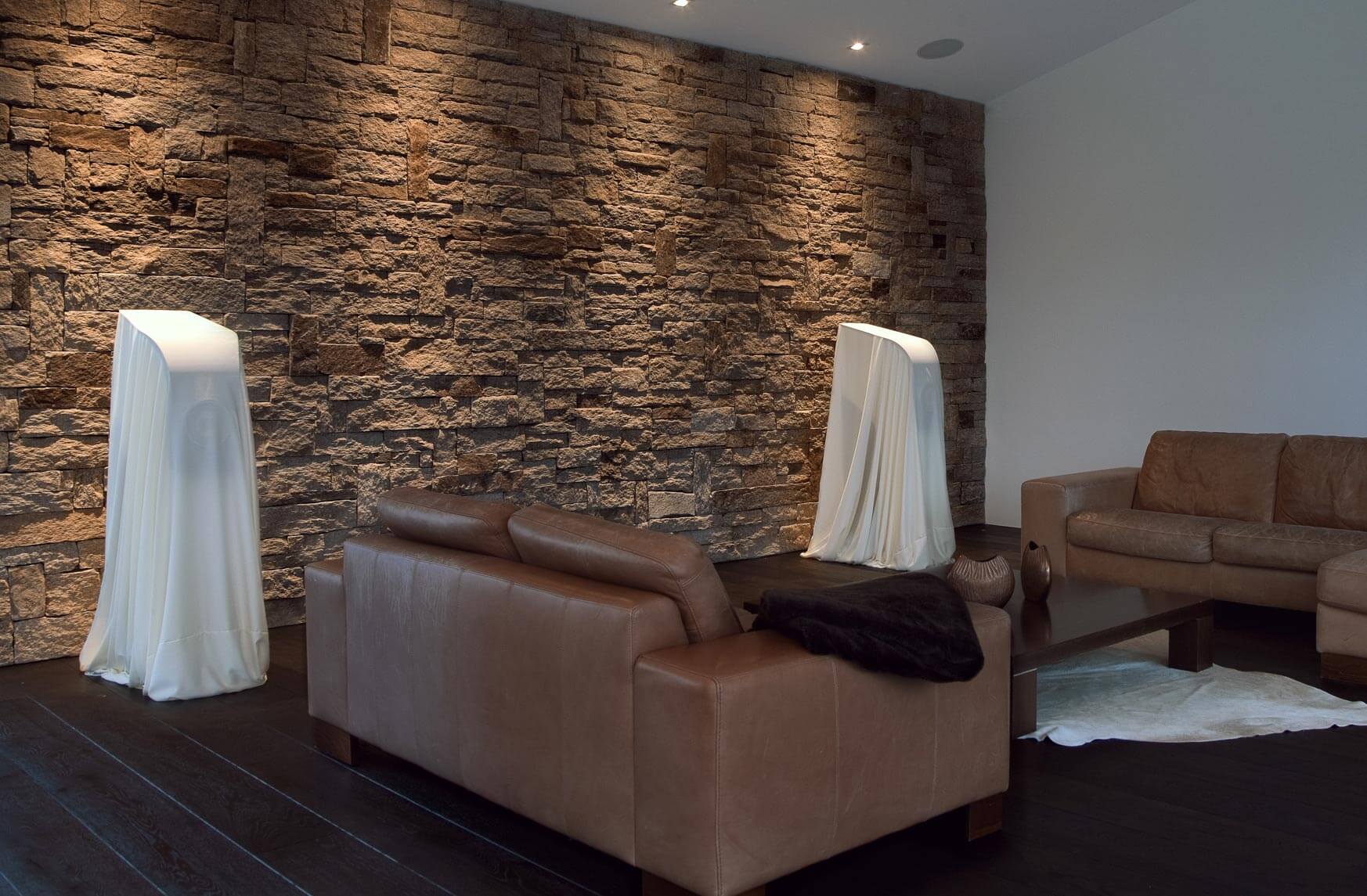
Audiodata presents Master One at HIGH END 2015 in Munich
Good news for fans of Audiodata speakers: The traditional sound forge presents the first new speaker series since the new start of the company in Salzburg last year. And, as it should be the case for a true prestige manufacturer, the new era starts with a bang. The new Master One, the first Audiodata speaker “made in Austria” and part of the new Master series, can be seen – and, of course, heard – at the HIGH END 2015. Europe’s largest specialty trade exhibition for high quality entertainment technology is held in Munich from 14 to 17 May 2015.
Six months ago, Hannes Palfinger and his partner Franz Stöger took off from Salzburg to conquer the world of high-end speakers. In cooperation with the founder of Audiodata, Peter Schippers, they established the new Audiodata Lautsprecher GmbH with registered office in Hallwang near Salzburg. Their single objective: to produce the perfect speakers. Building on the excellent basis and tradition of the Audiodata brand founded in Aachen/Germany in 1982, they began creating a new reference speaker series. Less than six months later, they were ready: Just in time for the HIGH END 2015 in Munich, Audiodata presents the first top speaker “made in Austria”: Master One.
“Master One is the first complete new development since the relaunch of the company last year. And this is just the beginning: Following the presentation of Master One in May in Munich, the series will be consistently expanded. Master Two follows in September, Master Three in December”, so Audiodata CEO Hannes Palfinger.
Franz Stöger, chiefly responsible for the development of Master One, discloses a few details of the new reference speaker in advance: “For the first time, an innovative coaxial chassis with new materials is utilised in Master One. A greater diameter provides greater acoustic pressure and volume.” Another strength is the actively regulated woofer technology: It provides a significantly clearer and more precise rendition than the passive system. In addition, electronics and mechanics were updated, cable paths optimised and the entire control technology newly structured. Stöger is particularly proud of the resonance-free body technology: “It considerably improves the contact of the various materials and thus the stability.”

categories
- Announcement (6)
- General (18)
- Interview (4)
- Review (2)
- test reports (5)
- test reports Art (4)
- test reports Master (1)
more articles
- 29 September 2017
Westdeutsche Hifi-Tage - 1 April 2019
Test Report MasterOne - 11 April 2019
High End Trade Show – come, listen, be amazed - 12 May 2015
Audiodata Presents the Premium Loudspeaker MASTER ONE at the Hi-Fi Trade Show HIGH-END 2015 in Munich - 16 December 2014
3 Questions to Product Designer Stan Maes